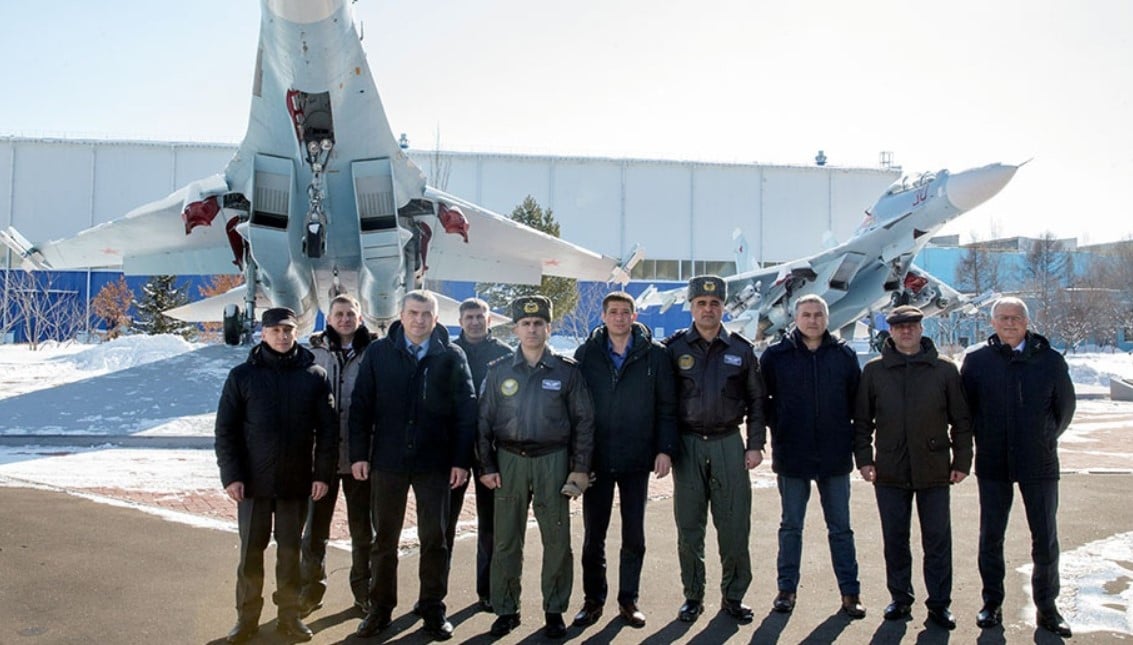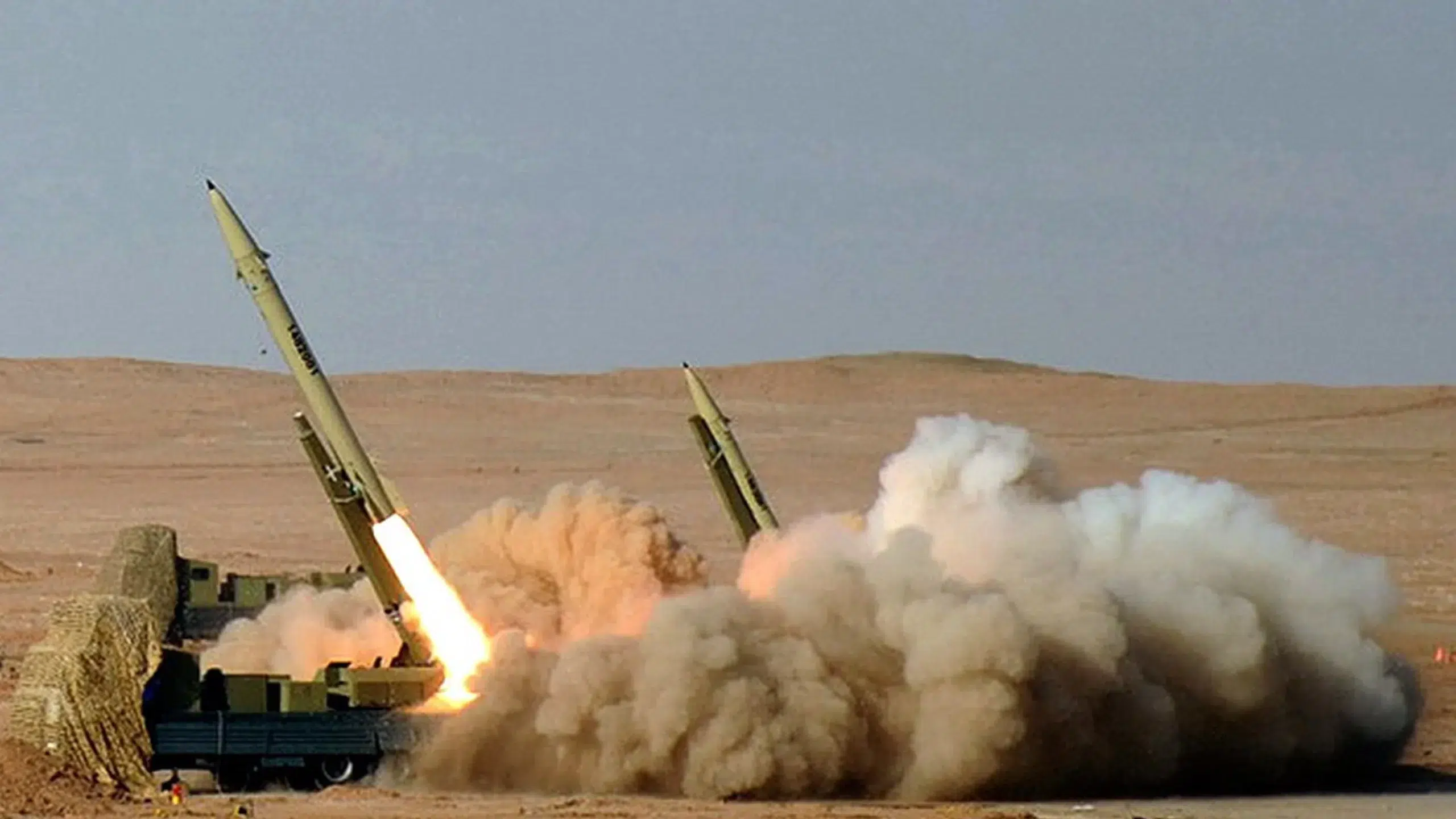2096Views 0Comments
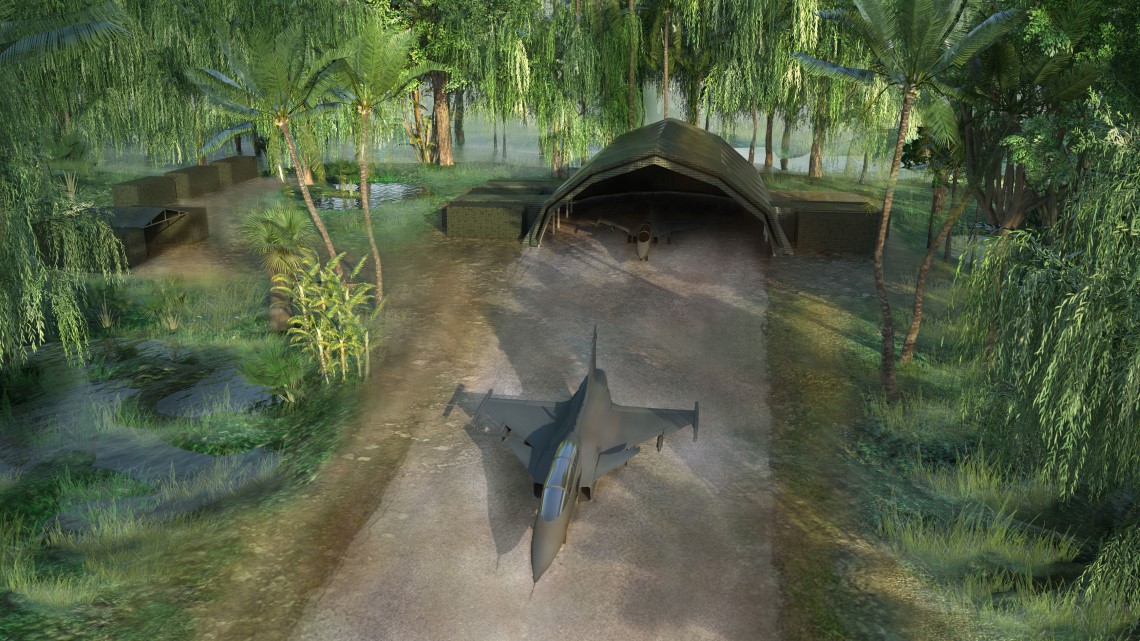
Saab Delivers Deployable Maintenance Facility Solution to Hungary
On 06 December 2019, Sweden’s Saab announced that it delivered its ‘Deployable Maintenance Facility’ (DAM) to the Hungarian Ministry of Defence.
Hungary ordered the DAM in December 2018 for its fleet of 14 Saab JAS-39C/D Gripen fighters, which it is operating under a lease-purchase agreement with the Swedish government.
The DAM is an innovative approach to managing forward fighter deployments. In its most basic sense, the DAM is a kit that enables end-users to deploy a fighter’s maintenance/support logistics to practically any location so long as that location can support take-offs and landings.
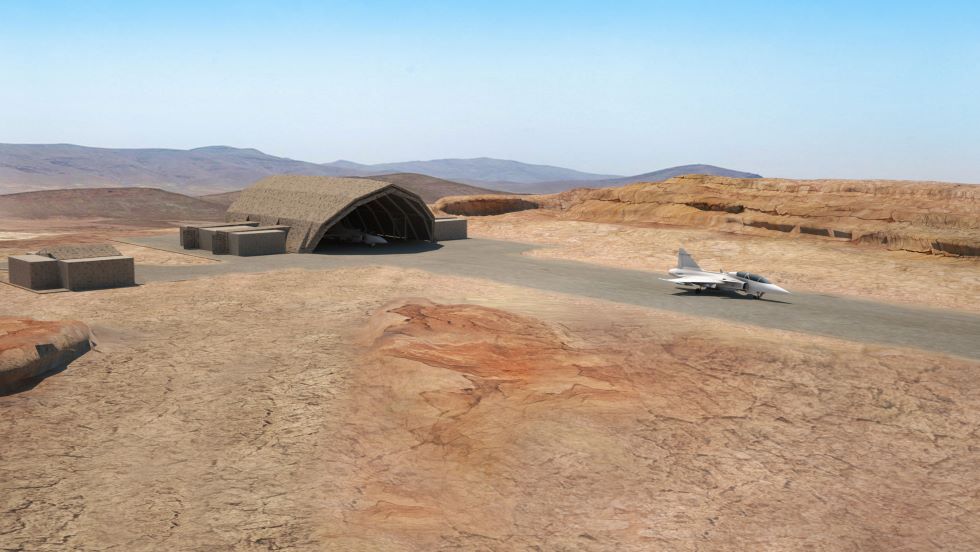
So, in other words, there is no need to maintain fixed infrastructure (besides a runway or road) in forward operational bases (FOB) or deployment areas, such as hangars or storage facilities. Instead, the DAM will provide everything the end-user would need in order to support a forward fighter deployment.
The DAM consists of the following items:
- a mobile aircraft maintenance hangar that can support two or four fighter aircraft;
- modular containers that the end-user can connect to the mobile hangar;
- and container options for aircrew equipment, spare parts, and other applications.
The mobile hangar component is built using an aluminium frame (which makes it lightweight and durable), but relies on PVC fabric. For the fabric, Saab is offering its Barracuda multispectral camouflage, which the company says is difficult to spot visually, thermally and through radar.
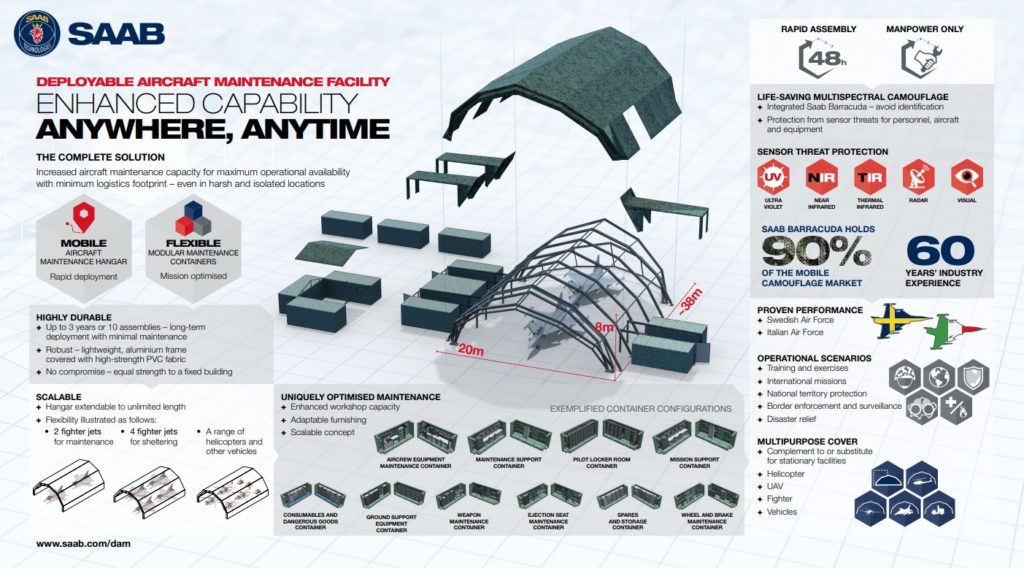
The hangar space measures at 38 m in length, 20 m in width, and 8 m in height. Besides the Saab Gripen, the end-user can use the DAM for a variety of fighter platforms as well as drones and helicopters. In fact, the end-user can add midsections to the hangar, so it scale according to its own specific requirements.
Ultimately, the goal of the DAM is to ensure that forward deployments leverage all of the maintenance as well as mission support and planning elements they need, without requiring permanent infrastructure.
Notes & Comments:
The primary benefit of the DAM is that it frees the end-user from heavily spending on forward deployment infrastructure, beyond perhaps runways and other essentials. This could save costs in peacetime.
However, one intriguing aspect of the DAM is that it lessens the barrier of using freeways or motorways for fighter deployment. With the end-user’s fighter support mobile and self-contained, one’s motorways can result in unpredictable and responsive FOB movements.
So, not only would thousands – or even tens of thousands – of kilometers of road coverage increase the number of possible FOB points, but the end-user can move its fighter deployments based on need. If one area does not require airpower, it can retract the DAM within two days, and move it elsewhere.

